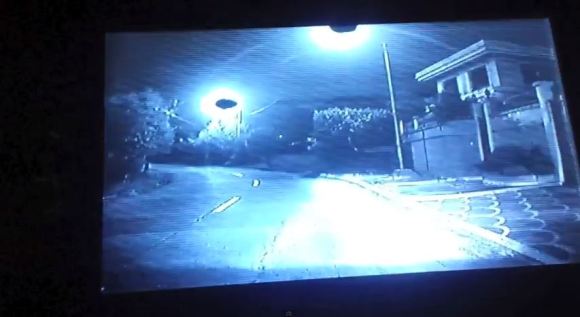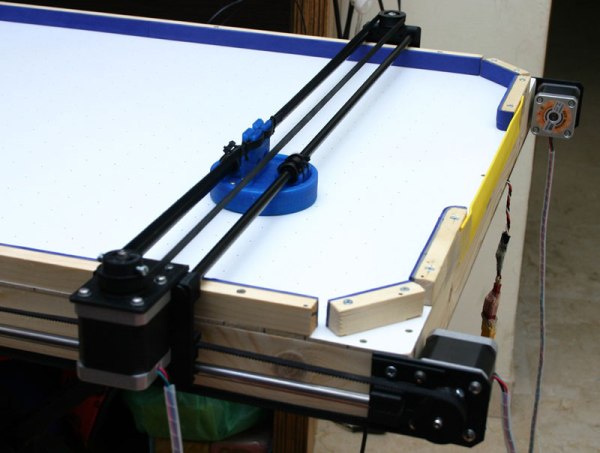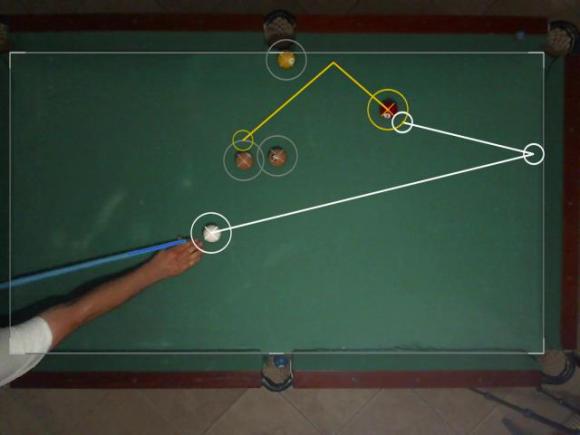
[Stephen] has just shared with us the current progress of his night vision vehicle system, and it’s looking quite promising!
The idea of the project is to provide the driver with a high contrast image of the road, pedestrians and any other obstacles that may not be immediately visible with headlights. It’s actually becoming a feature on many luxury cars including BMW, Audi, GM and Honda. This is what inspired [Stephen] to try making his own.
The current system consists of an infrared camera, two powerful IR light spot lights, and a dashboard LCD screen to view it. It may be considered “not a hack” by some of our more exuberant readers, but [Stephen] does such a great job explaining his future plans for it, which include object recognition using OpenCV, so we felt it was more than worth a share, even at this point.
You see, the idea of vehicle night vision is not to constantly watch a little screen instead of the road — it’s designed to be there when you need it — and to let you know when you need it, [Stephen’s] planning on adding a Raspberry Pi to the mix running OpenCV to detect any anomalies on the road that could be of concern. We shudder at the amount of training a system like that might need — well, depending on the complexity of this image recognition.
Anyway, stick around after the break to hear [Stephen] explain it himself — it is a long video, but if you want to skip to the action there are clips of it on the road at 1:53 and 26:52.
Continue reading “The Beginning Of A DIY Vehicle Night Vision System”






 [Befi] wanted to add a second stage backup disk to his ODROID embedded-board server, which typically draws ~1.5W at idle. After adding the disk, he saw power consumption increase by 2W when the new disk wasn’t spinning. He thought about using one of those USB hubs with the adorable little rocker switches for each port and replacing them with transistors, but that was going to be messy. After some poking around in the USB standard, he found that most support per-port power switching (PPPS), and set about to
[Befi] wanted to add a second stage backup disk to his ODROID embedded-board server, which typically draws ~1.5W at idle. After adding the disk, he saw power consumption increase by 2W when the new disk wasn’t spinning. He thought about using one of those USB hubs with the adorable little rocker switches for each port and replacing them with transistors, but that was going to be messy. After some poking around in the USB standard, he found that most support per-port power switching (PPPS), and set about to 









